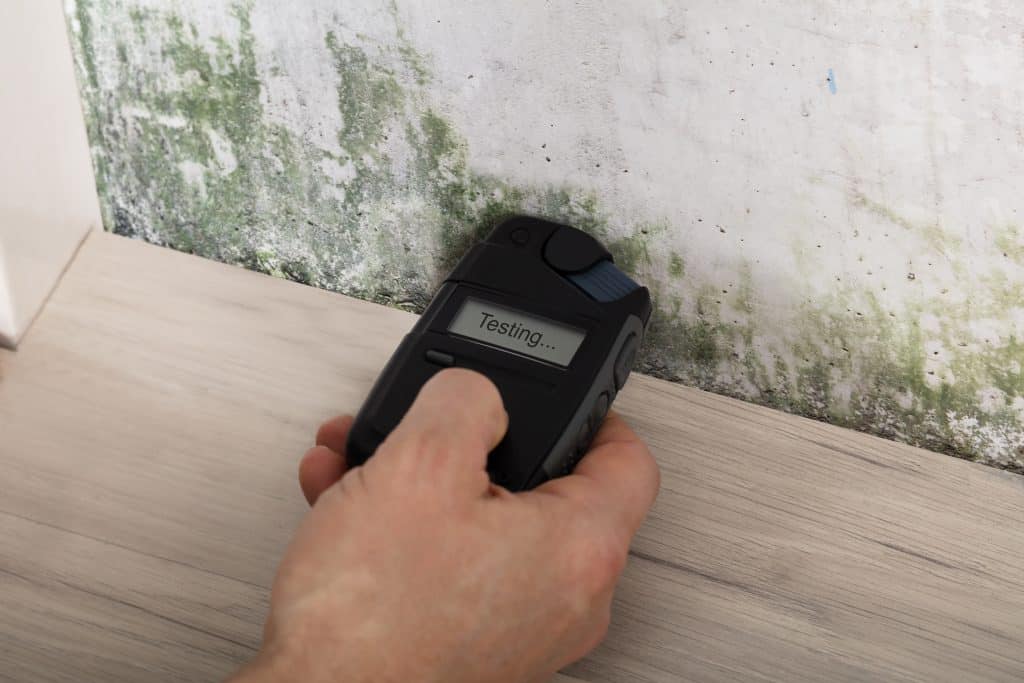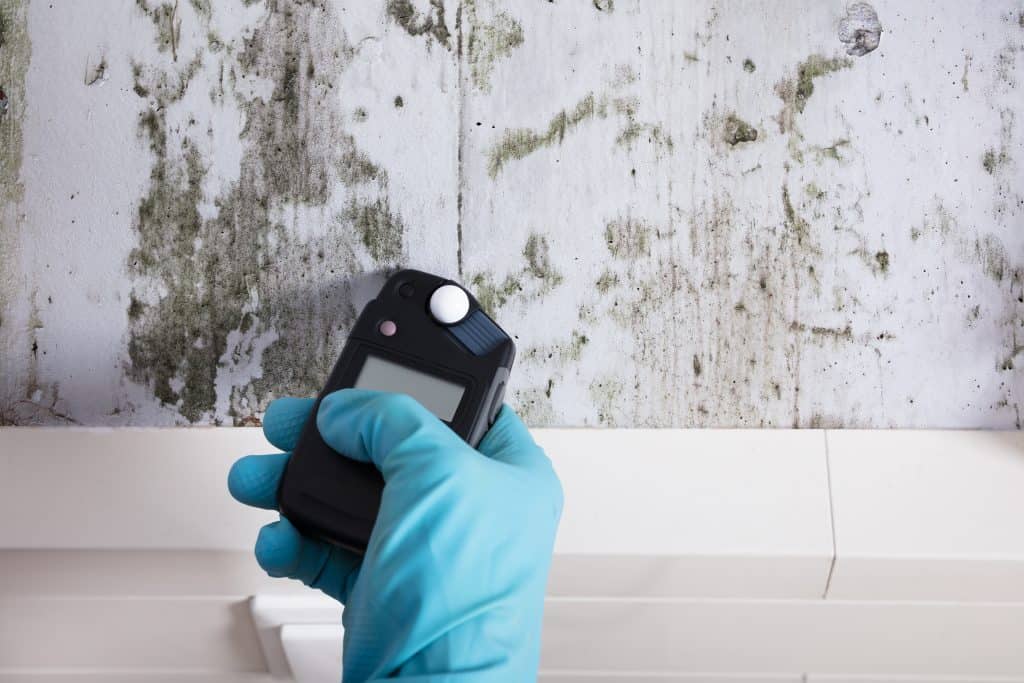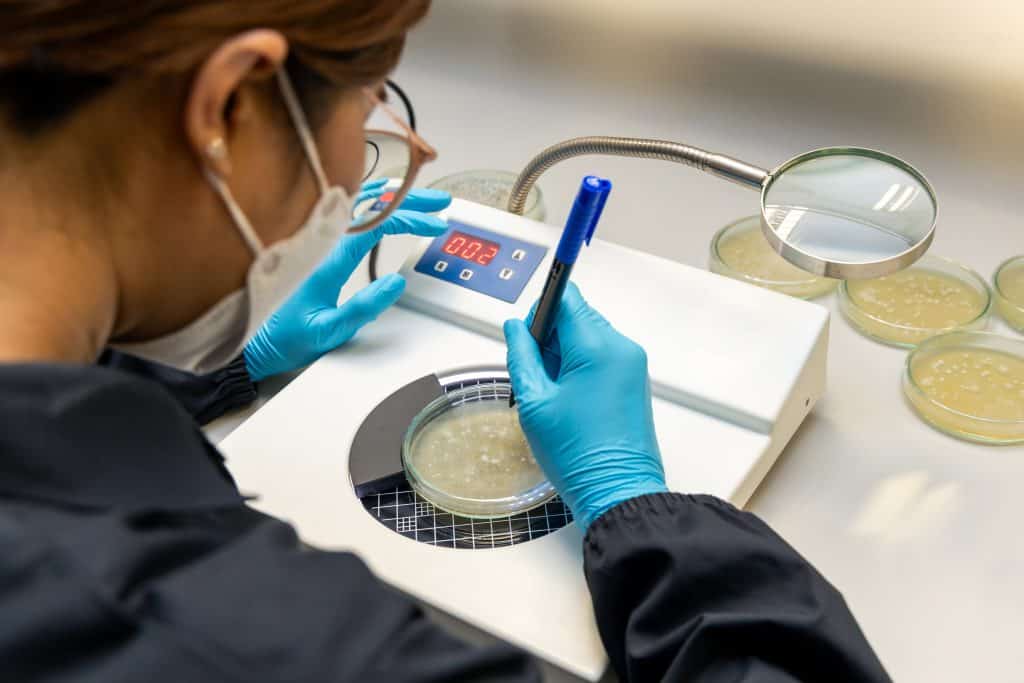
Hear from Our Customers

You’ll finally have concrete answers about what’s causing those musty odors or health symptoms. Our certified testing identifies the exact types and concentrations of mold in your home, giving you the scientific evidence needed to make informed decisions about your family’s health and your property.
Within 24 to 48 hours, you’ll receive lab results that clearly show whether your indoor air quality is normal or if elevated mold levels require attention. No more wondering if that basement smell is harmless or if your family’s respiratory symptoms are related to hidden mold growth.
The peace of mind alone is worth it—but you’ll also have the documentation you need for insurance claims, real estate transactions, or simply knowing the right next steps to protect your investment.
We understand the unique challenges Upper Darby homeowners face with our area’s high humidity levels and older housing stock. Delaware County’s climate creates perfect conditions for mold growth, especially in basements, crawlspaces, and areas with poor ventilation.
We’ve built our reputation on thorough, unbiased testing that homeowners actually understand. Too many residents have been burned by companies that either miss problems or create unnecessary panic.
What sets us apart is our commitment to education—you’ll know exactly what the results mean, what’s normal for our area, and what actually requires action versus what’s just typical indoor air quality for southeastern Pennsylvania.

Our inspection starts with a thorough visual assessment of your property, checking all the common problem areas where mold typically develops in Upper Darby homes—basements, bathrooms, around windows, and anywhere moisture tends to collect.
Air samples are collected from multiple locations throughout your home, both indoors and outdoors. The outdoor samples create a baseline to compare against your indoor air quality. Surface samples may also be taken from suspected areas using specialized equipment.
All samples go to an accredited laboratory for analysis. Within 24 to 48 hours, you’ll receive a detailed report showing exactly what types of mold were found, the concentration levels, and how they compare to normal outdoor levels. Most importantly, you’ll get clear recommendations about whether any action is needed and what your options are moving forward.

Ready to get started?
Your mold testing service includes both air quality sampling and moisture detection to identify the root causes of any problems. We use professional-grade equipment including moisture meters, humidity gauges, and thermal imaging when necessary to locate hidden moisture sources.
Upper Darby’s older homes often have unique challenges—foundation issues, outdated ventilation systems, and areas where humidity naturally collects. Our inspection specifically looks for these local problem areas that DIY testing kits completely miss.
You’ll receive a comprehensive report that breaks down the findings in plain English, not technical jargon. The report includes specific mold types identified, concentration levels, comparison to outdoor baseline samples, and clear recommendations for next steps. If remediation is needed, you’ll get referrals to trusted local professionals, though we maintain independence by focusing solely on testing and inspection.

The on-site inspection and sampling typically takes 1 to 2 hours depending on your home’s size and the number of areas being tested. The actual time varies if moisture detection or thermal imaging is needed to locate hidden problems.
Samples are sent to an accredited laboratory the same day, and results are usually available within 24 to 48 hours. You’ll receive a detailed report via email, followed by a phone consultation to review the findings and discuss any recommended next steps.
Rush processing is available for urgent situations, which can provide results within 24 hours for an additional fee. This is often requested when health symptoms are severe or when real estate transactions have tight timelines.
Air sampling measures the concentration of mold spores floating in your indoor air, which is what you and your family are actually breathing. This method captures spores that may be coming from hidden mold sources you can’t see, like inside walls or ductwork.
Surface sampling involves taking samples directly from visible mold growth or suspected areas using tape, swabs, or bulk material samples. This method identifies the specific types of mold growing on surfaces and helps determine the extent of contamination.
Most comprehensive mold inspections use both methods because they provide different but complementary information. Air sampling shows what you’re exposed to, while surface sampling identifies what’s actually growing in your home and where the problems are located.
DIY test kits have significant limitations that often make them unreliable for making important decisions about your health and property. They can’t provide the context needed to interpret results, don’t compare indoor levels to outdoor baselines, and often miss hidden mold sources entirely.
Professional testing includes proper sampling techniques, accredited laboratory analysis, and expert interpretation of results. More importantly, a certified inspector can identify moisture sources and conditions that lead to mold growth—something no DIY kit can do.
The cost difference between DIY kits and professional testing is usually minimal when you consider that professional testing provides actionable information you can actually use to solve problems, while DIY results often just create more questions without answers.
Insurance coverage for mold testing varies significantly depending on your specific policy and the circumstances that led to the mold problem. If the mold resulted from a covered peril like a burst pipe or storm damage, testing may be covered as part of the claim investigation.
Many policies exclude mold coverage for gradual problems like ongoing leaks or humidity issues, but they may still cover testing to determine the extent of damage from a covered incident. It’s important to review your specific policy language or contact your insurance agent before scheduling testing.
Even if testing isn’t covered, having professional documentation can be valuable for insurance claims, especially if the testing reveals problems that require remediation. Proper documentation from certified professionals carries more weight with insurance companies than DIY test results.
Mold spore counts between 1 and 1,500 spores per cubic meter are generally considered normal for indoor environments, as long as there’s no visible mold growth or ongoing moisture problems. Counts above 1,500 are considered elevated and typically warrant further investigation or remediation.
However, the raw numbers don’t tell the whole story. The types of mold present, the ratio compared to outdoor levels, and individual health sensitivities all factor into determining what action is needed. Some mold types like Stachybotrys (black mold) require immediate attention even at lower concentrations.
More important than specific numbers is whether indoor levels are significantly higher than outdoor baseline levels, which indicates an indoor mold source. A qualified inspector will interpret these comparisons and recommend appropriate action based on your specific situation, not just arbitrary threshold numbers.
Most homes don’t need routine mold testing unless there are specific risk factors or ongoing issues. Testing is typically recommended after water damage incidents, when musty odors develop, when family members experience unexplained respiratory symptoms, or before purchasing a property.
Homes with chronic moisture problems, poor ventilation, or previous mold issues may benefit from periodic testing to ensure problems don’t return. In Upper Darby’s humid climate, basements and crawlspaces in older homes are particularly susceptible and may warrant more frequent attention.
The key is addressing the underlying moisture conditions that allow mold to grow rather than just testing repeatedly. Once moisture problems are resolved and any necessary remediation is completed, most homes remain mold-free without ongoing testing unless new moisture issues develop.
Other Services we provide in Upper Darby